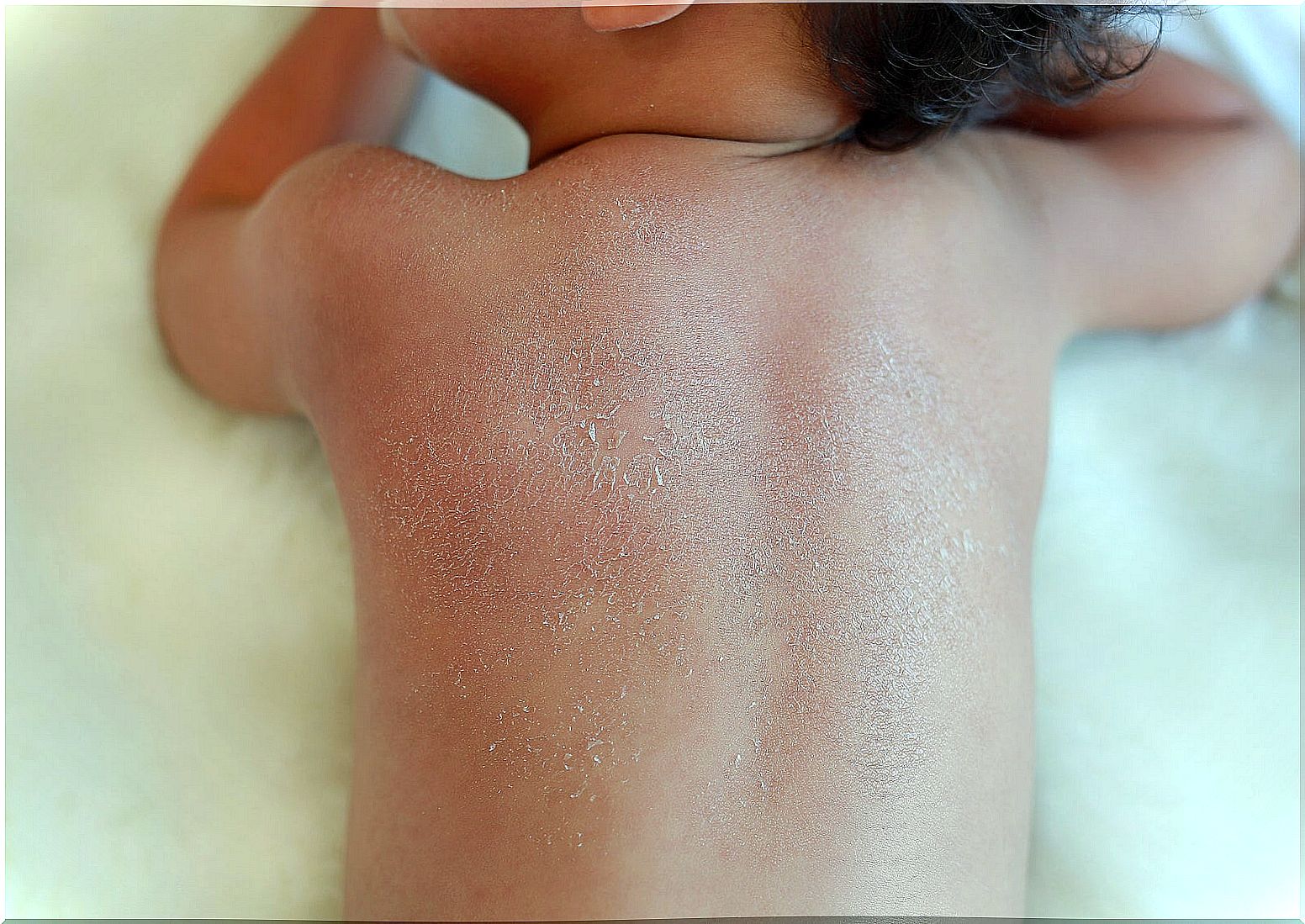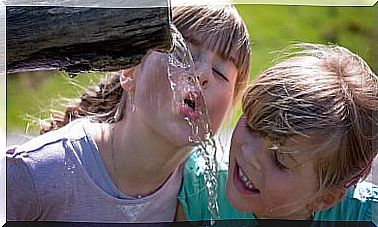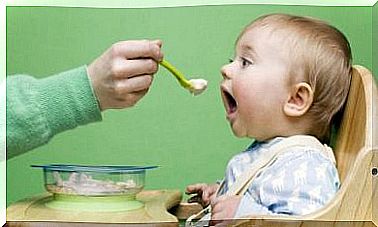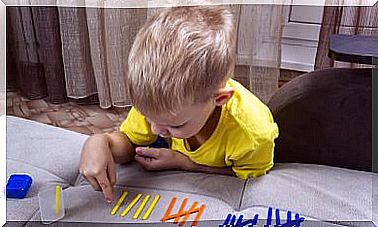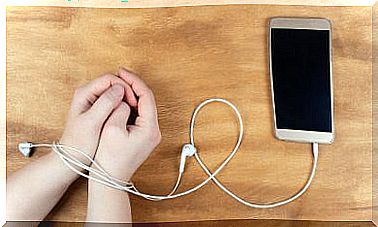Chapped Lips In Children: Causes And Recommendations
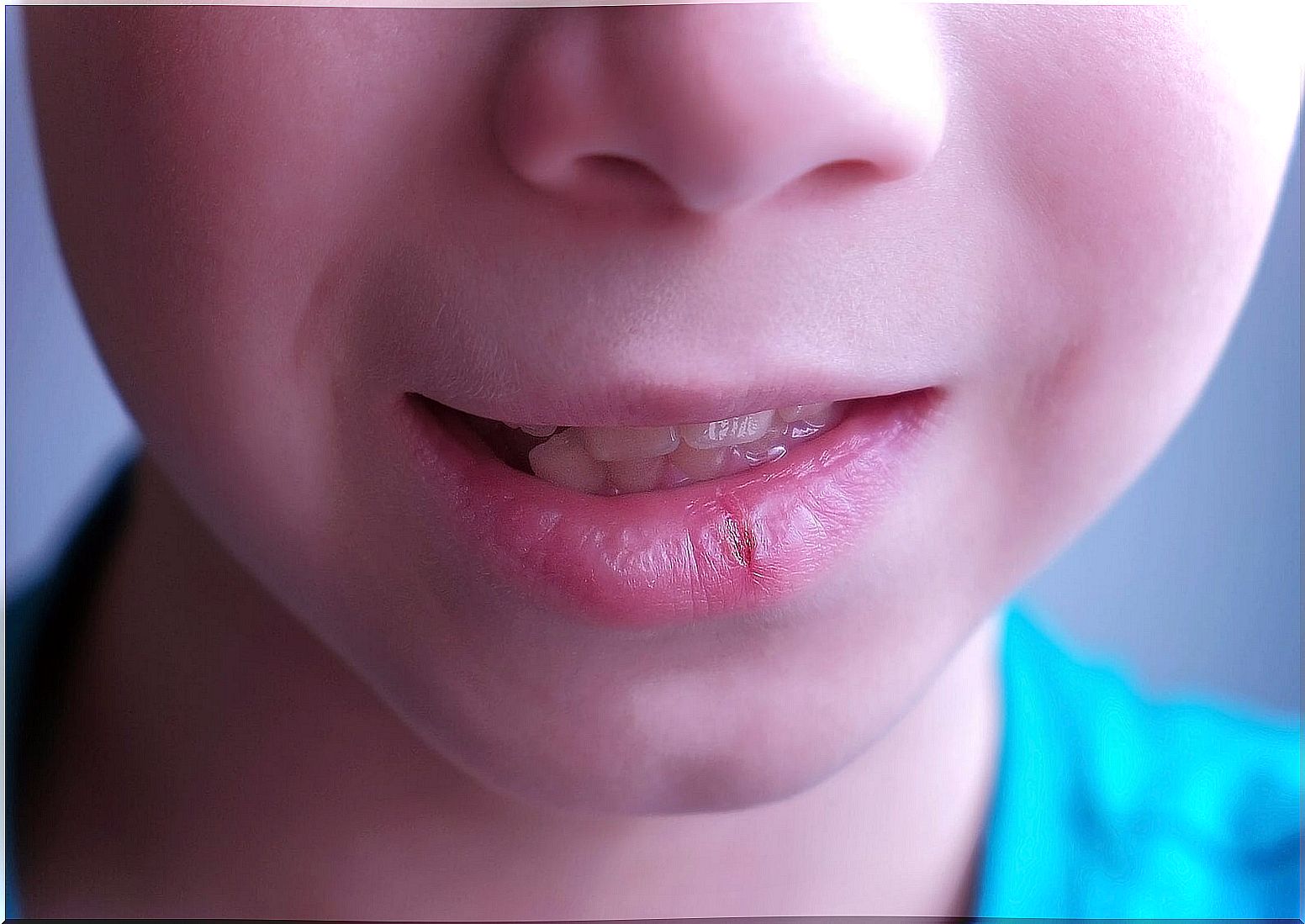
The lips are one of the surfaces of the body most exposed to the aggressions of the environment. For this reason, it is common to see them cracked and dry in children. Weather conditions, wind and cold, or dehydration of the body itself can cause dryness and cracks in them.
Causes of chapped lips in children
Two of the most common causes of chapped and dry lips are dehydration and mechanical irritation. However, here are some more.
UV rays
Few people protect lips from UV damage and sun exposure. In fact, according to studies by Chronic Diseases in Canada , it has been estimated that solar ultraviolet radiation accounts for about 93% of skin cancers and about half of lip cancers.
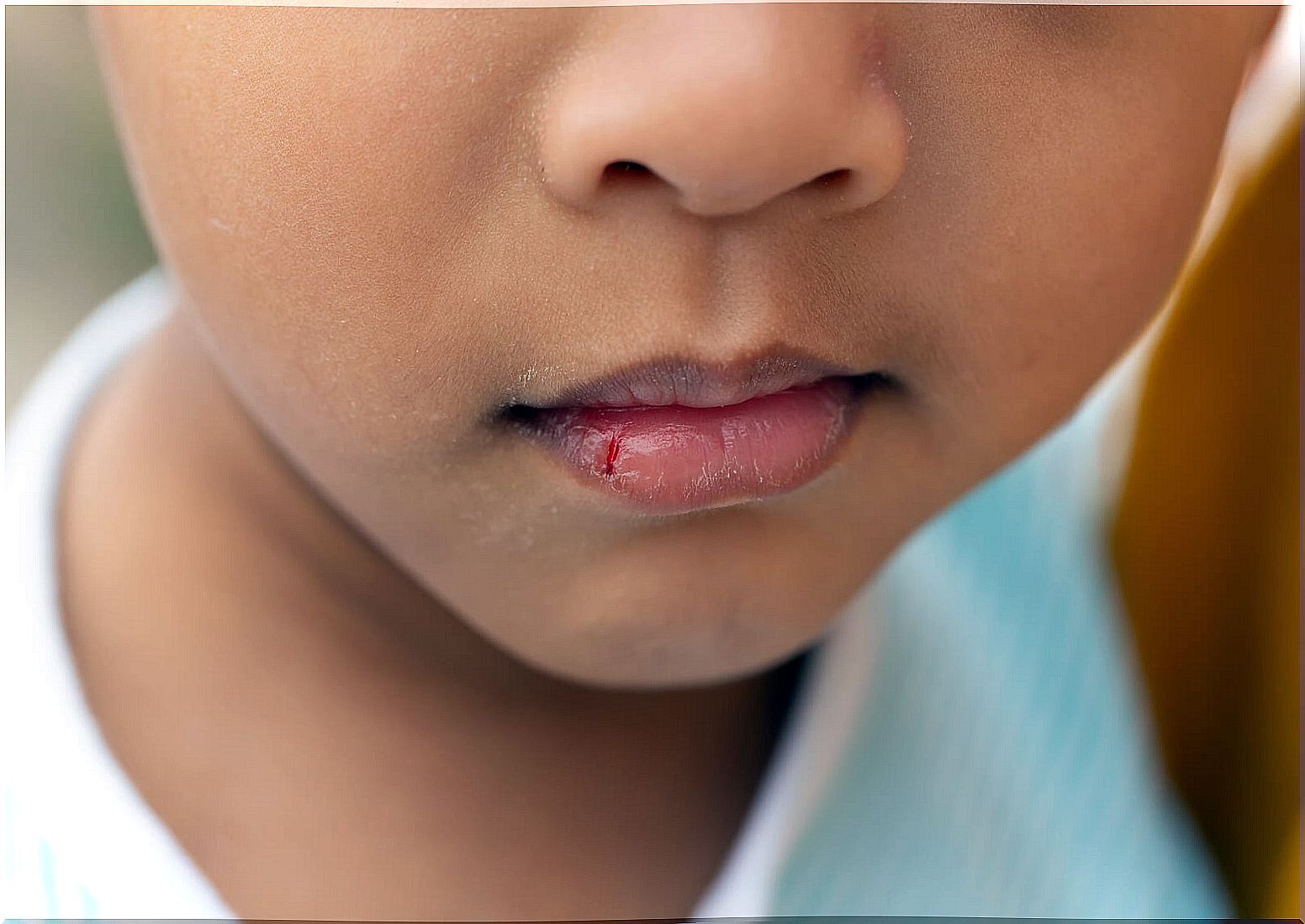
The lips are made up of very sensitive and thin skin. In turn, they do not have the pigment of melanin, which in the rest of the skin’s surface functions as a natural defense.
Drug side effects
Certain medications can cause, as a side effect, dry lips and subsequent cracking. Isotretinoin is one of them and its adverse effects are dose dependent. In turn, xerosis and dry eyes can be generated with this type of medication.
Basic diseases, one of the causes of chapped lips in children
There are multiple diseases that have dry and chapped lips as a symptom. Some of them are the following:
- Intestinal diseases
- Thyroid dysfunctions.
- Vitamin deficiencies
- Autoimmune diseases (lupus erythematosus).
- Diabetes.
According to studies published by Quintessencce international , it is concluded that only a single manifestation on the skin, such as chapped lips, can be a sign of a skin disease.
Extreme climates such as cold
In winter times, where the wind and cold abound, the lips become extremely dry and, consequently, cracked. This is due to the lack of sebaceous glands on the part of the labial mucosa, which makes it impossible to create the protective lipid mantle. Therefore, it is in a vulnerable condition to the damaging effects of external agents.
Allergic reactions
Those patients who suffer from atopic dermatitis will have a greater predisposition to develop cheilitis or dry lips.
There may even be allergic reactions to non-hypoallergenic cosmetics, which make up makeup kit toys used by children for recreation.
Dehydration, another cause of chapped lips in children
Contrary to popular belief, the constant moistening of the lips with their own saliva dehydrates them even more. Therefore, they dry out and crack. They can even cause discomfort, pain or minor bleeding.
Recommendations to avoid chapped lips
There are care and prevention measures to prevent dry lips or their subsequent cracking. Some are more difficult to implement when it comes to children.
Do not pass the tongue over the lips
One of the habits observed in many children is lip licking, even unconsciously. Consequently, this action is believed to keep them moisturized.
However, saliva, due to its composition, tends to evaporate more quickly and the lips are drier than before. In addition, the perioral region suffers from dermatitis caused by repeated contact with saliva.
Staying well hydrated
A good and varied diet, together with proper hydration, contribute to keeping the entire skin surface in good condition.
Likewise, you should ingest about 8 glasses of water daily, without reaching the point of feeling thirsty before. In fact, when you feel thirsty, it means that the body is already in a state of dehydration.
Control toothpaste
There are toothpastes that contain a compound, sodium lauryl sulfate, that causes foam. It is even used in soaps and shampoos. This component removes the protective lipid layer from the skin. Consequently, by not having this barrier on the lips, it causes intense irritation that can contribute to cracking them.
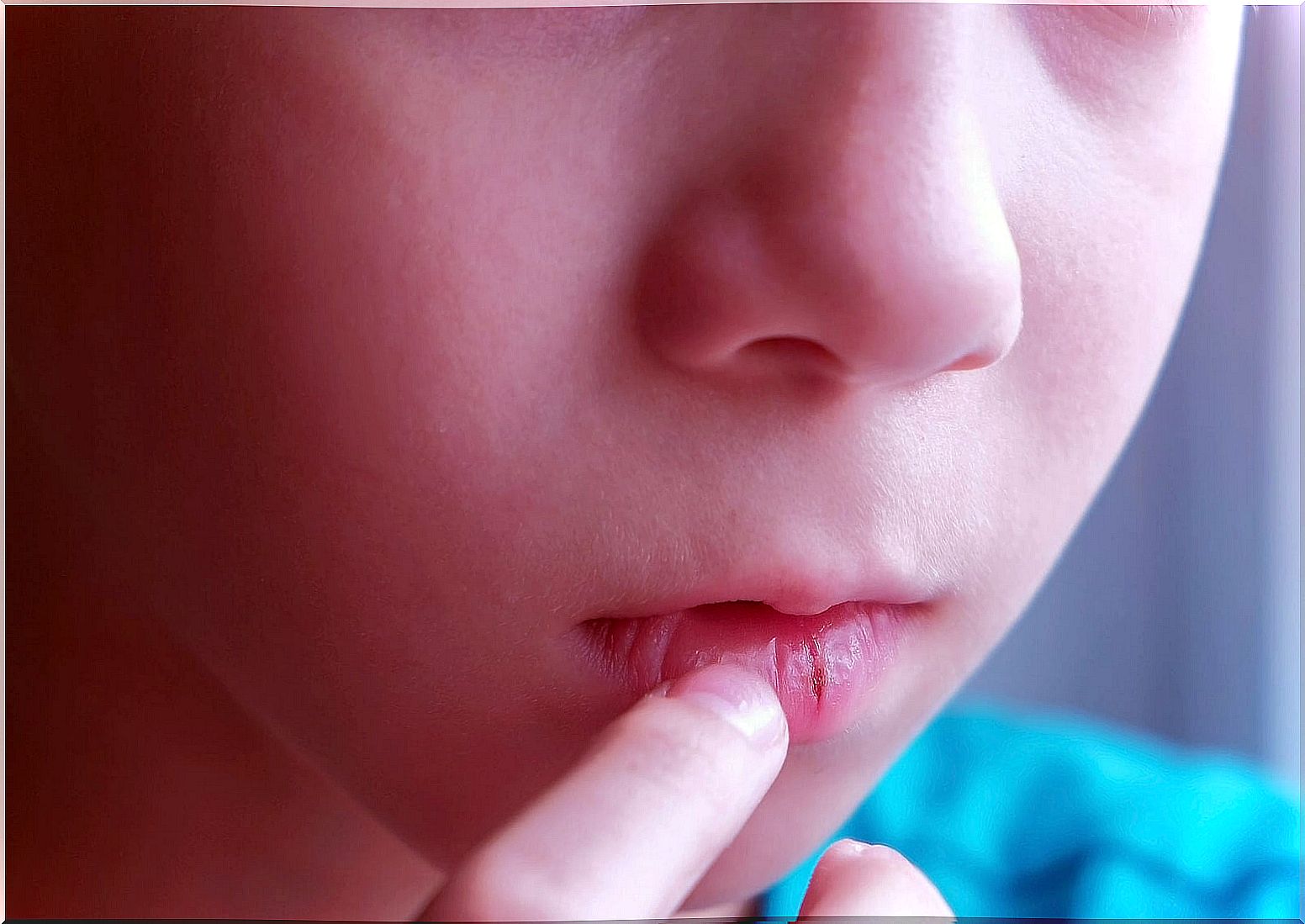
Breathe through the nose
In some cases, after the child has suffered from a respiratory condition that kept him forced to breathe through the mouth, he continues to do so while healthy.
After an allergy, a nasal obstruction or a bad cold, the little one does not breathe correctly through the nose. This leads to the lips becoming dry and chapped more easily.
Using lip balms
The use of lip balms containing shea butter, aloe vera, petroleum jelly, cocoa butter or hyaluronic acid is recommended. There is a great variety in the market of products for the care and hydration of the lips. Even with solar filters to avoid the harmful effects of ultraviolet rays. Try to avoid flavored balms to avoid temptation and lip licking.
Final recommendations for chapped lips in children
One of the most important tips to avoid chapped lips in children is to keep them hydrated with moisturizing creams and balms. In turn, as it is a repetitive action in children, one should try to prevent them from biting their lips and moistening them, along with the perioral area, because this injured skin could be the propitious ground to trigger impetigo.
